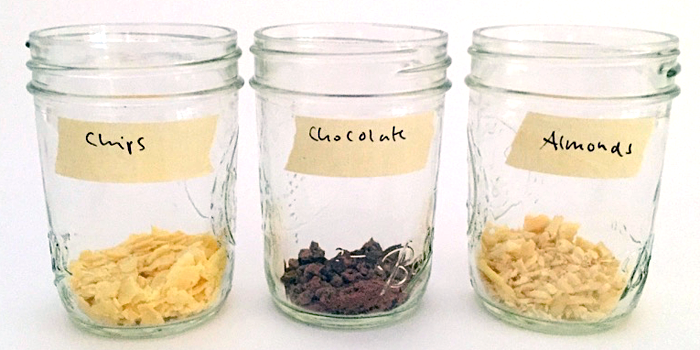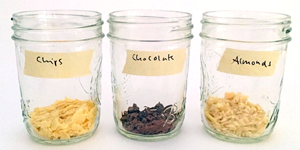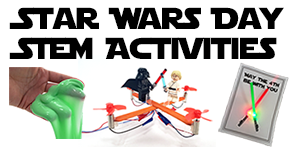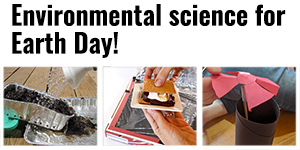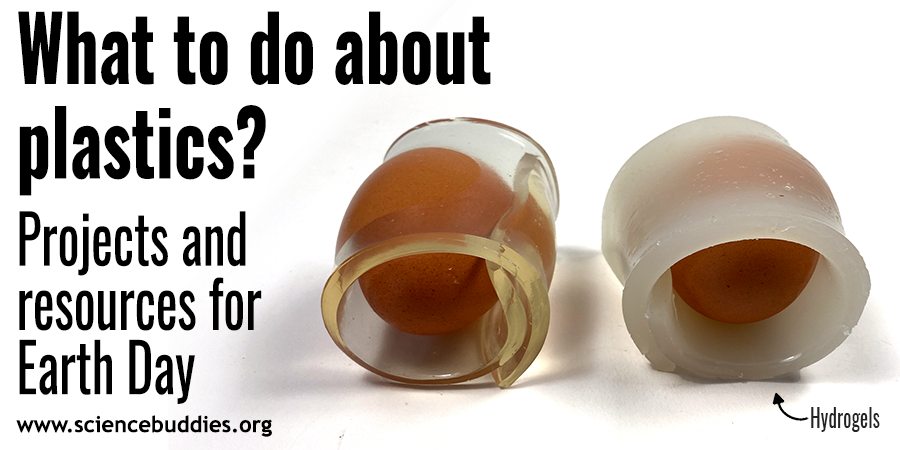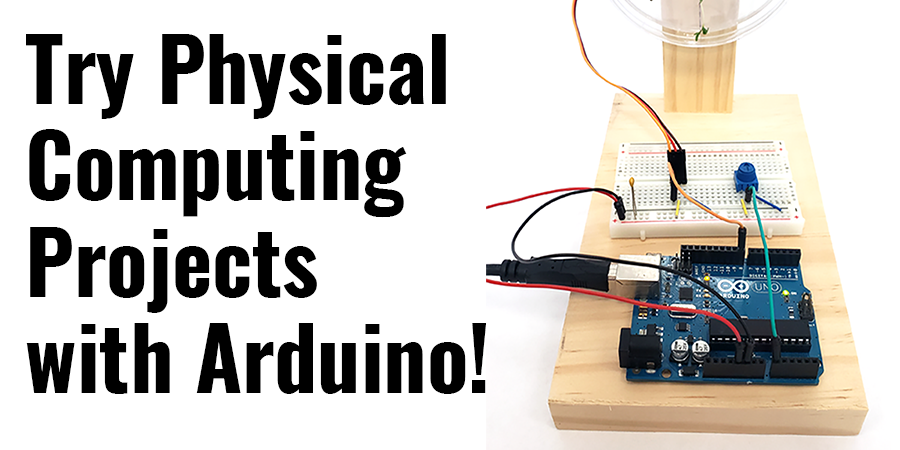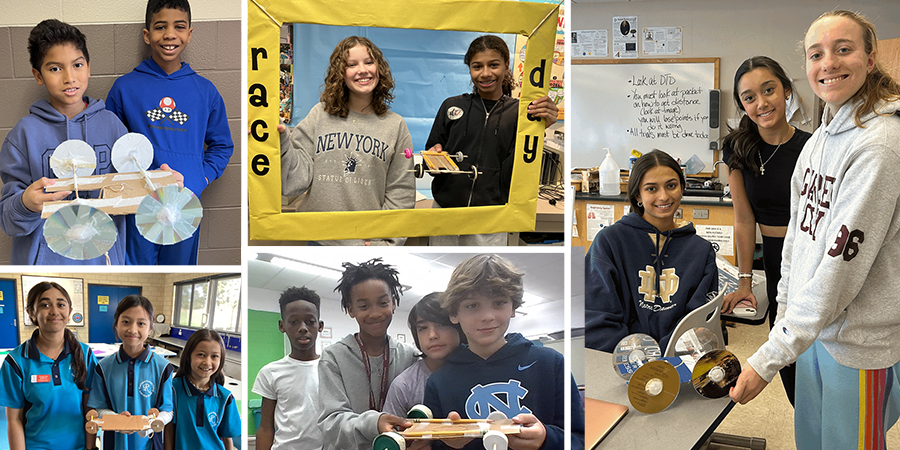Food Fat Science
Being aware of key macronutrients of fat, protein, and carbohydrates in the foods you eat is an important part of eating a balanced diet and maintaining a healthy lifestyle. Different nutritional plans recommend different ratios of these macronutrients, but when it comes to fat, certain kinds of fats are better for you than others. With this student food sciences project, students can see firsthand how the fats in foods compare.
Depending on the nutritional guidelines you follow, your ratio of fat, protein, and carbohydrates may differ, but regardless of how much fat you target each day, there are various kinds of fats in foods. Some are healthier than others, and some play a larger negative role on your body's cholesterol levels. Food nutrition labels often break total fat into categories so that you can more clearly gauge a food's saturated versus unsaturated fat, as well as the more troublesome trans fats, but not all labels provide this information. When viewing total fat amounts for a food source, it may be tempting to say fat is fat. Organic chemistry and food science tells a different story!
Science You Can See
A new food sciences project, How Much Fat is in Your Food?, helps students visualize the differences in types of fat. With a hands-on procedure that involves using a hammer to crush up certain foods and then soaking the food samples in acetone to draw out the fat, this is a project with clear results students can see.
First, students use a method called solvent extraction to separate the fats from the food. In the next step of the process, the solvent evaporates, leaving the extracted fats behind. Students measure and observe the foods and extracted fats at all stages of the procedure, but once only the extracted fats remain, students can really observe and analyze the fats from the different foods.
Both the viscosity and the texture of the fats extracted from foods will differ. Some of the fats collected may be liquid, and some may be solid. Some of the fats may seem to contain a combination of liquid and solid. Visible differences in the collected fats can be correlated with different kinds of fats. Does this make a difference in how the body uses the fat? What kind of fat is collected from potato chips compared to nuts or chocolate? What kinds of fats are healthier to eat and why? When it comes to nutritional value, which of the foods tested contains the healthiest fat?
At the end of this STEM project, students will be able to compare data they collect from their experiment with nutritional labels to see how things match up. They will also have better insight into "fat" as a component of foods.
Related Student Science
Students who are interested in nutritional analysis, chemistry, food science, or health and fitness may also enjoy related hands-on science projects like these:
- Burning Calories: How Much Energy is Stored in Different Types of Food?
- Mag-nificent Breakfast Cereal
- How Sweet It Is—How Much Sugar Is Really in That Soda?
- Iron-Rich Foods: How to Get the Most Out of Them
- Lactose, Sucrose, and Glucose: How Many Sugars are in Your Smoothie?< /a>
- Sucrose & Glucose & Fructose, Oh My! Uncovering Hidden Sugar in Your Food
- Determining Iodide Content of Salt
- Juice Balls: The Science of Spherification
- From Bitter to Sweet: How Sugar Content Changes in Ripening Fruit
- Great Globs of Gluten! Which Wheat Flour Has The Most?
Making Career Connections
Students interested in chemistry, food science, nutrition, and health and fitness, may want to learn more about the following related science careers:
- Food Scientist or Technologist
- Food Science Technician
- Health Educator
- Dietitian or Nutritionist
- Certified Diabetes Educator
- Athletic Trainer
- Chemist
Categories:
You Might Also Enjoy These Related Posts:
- Plastics and Earth Day - Science Projects
- Arduino Science Projects and Physical Computing
- 10+ Robotics Projects with the BlueBot Kit
- 5 STEM Activities with Marshmallow Peeps
- March Madness Basketball Science Projects: Sports Science Experiments
- Women in STEM! More than 60 Scientists and Engineers for Women's History Month
- Explore Artificial Intelligence and Machine Learning with Student AI Projects
- 10 Reasons to Do the Rubber Band Car Engineering Challenge


